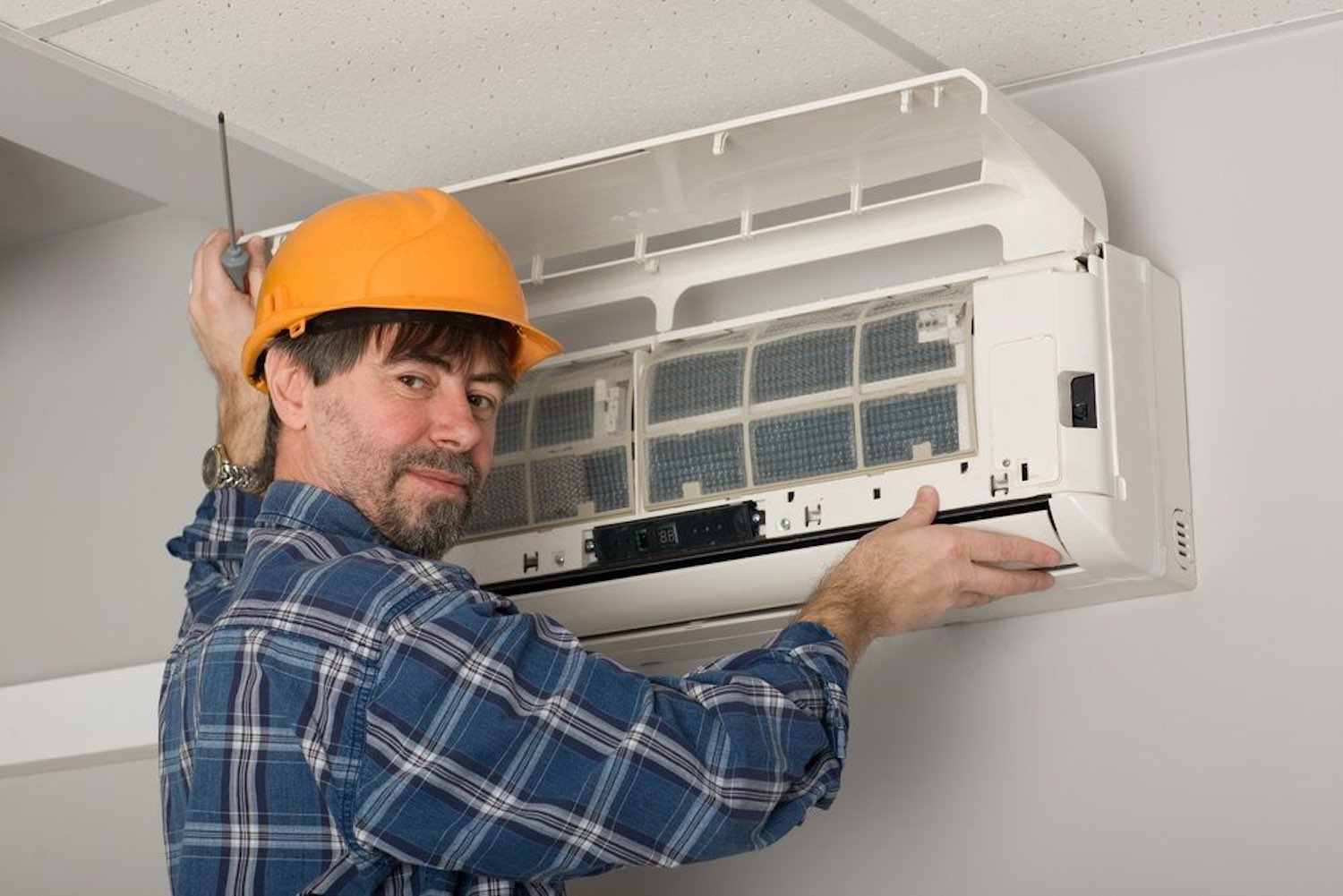Air conditioning systems are designed to cool down and often dehumidify hot spaces. They were pioneered in the 1930s and have been steadily developing ever since. In hot states such as Texas, air conditioning is considered a basic necessity for a home. An alarming quantity of Texan homes are without such systems, however. Here is a very brief guide to the different kinds of air conditioning units.
Mini-Split and Multi-Split
Mini-split and multi-split air conditioning units are popular in small homes. Multiple rooms can each have individual air conditioning units fed with refrigerant through lines connected to a single external machine. These systems were first made in Japan in the 1950s, where they became popular due to the small size of houses and the frequently humid weather. They are not suitable for large houses or public buildings because they require long lines in order to carry refrigerant from external to internal units.
Ducted Central Systems
Ducted central systems physically transport air through cooling ducts. Ducts need to be relatively long in order to provide sufficient surface area to cool the internal air. These systems are commonly used in schools and public buildings in countries without particularly hot weather. If you ever noticed large metal ducts above your head in a gym hall during school, there is a fairly high chance that these belonged to a ducted central air conditioning system. They work on the basis of heat exchange. As cool air travels in ducts through a building, it absorbs the heat present in the environment. It is then returned to the outside world through an exit duct. If your home has a central ducted system, you may need to run a dehumidifier simultaneously if you live in a very humid environment.
Packaged Terminal
Packaged terminal air conditioning units – usually referred to as PTAC – are self-contained systems often found in hotels, barracks, and other places with multiple self-contained dormitory rooms. They are designed to be mounted either in a window or through a wall. Heat exchange happens within the unit, which means that it does not need ducting or extensive refrigerant piping. There are vents on both the internal and external ends of the machine. If you still have questions, visit or call PTAC Inc. for guidelines on selecting the right packaged terminal air conditioner. PTAC units are ideally suited to commercial applications and are not often installed in residential homes.
Portable Units
Portable units are portable – as the name suggests. They are usually mounted on small wheels and have a foldable pipe emanating, snake-like from the rear. This pipe is fed through a window, allowing for an effective heat exchange process. These systems typically double up as dehumidification units. They collect water in a tray or expel re-vaporized water through a duct pipe. If the model is of the re-vaporizing kind, then it can run continuously no matter how much humidity there is in the air around it.








